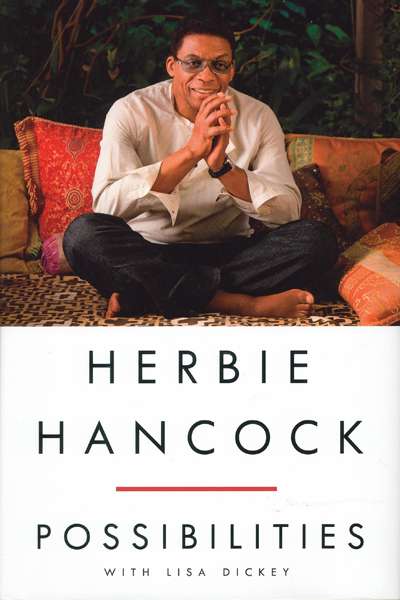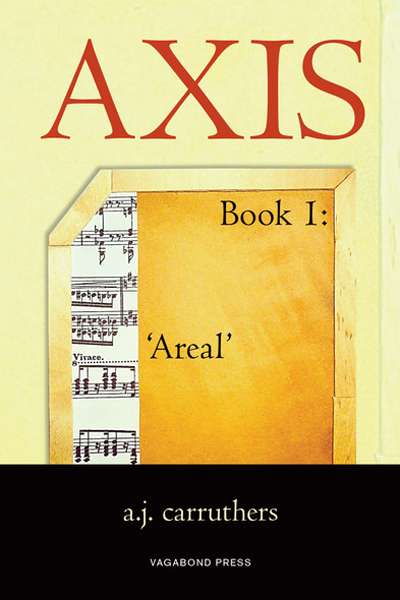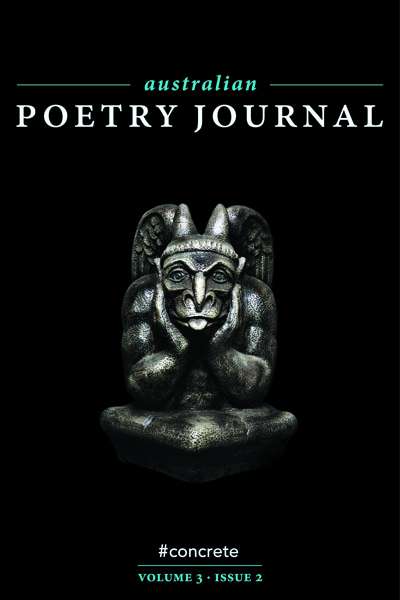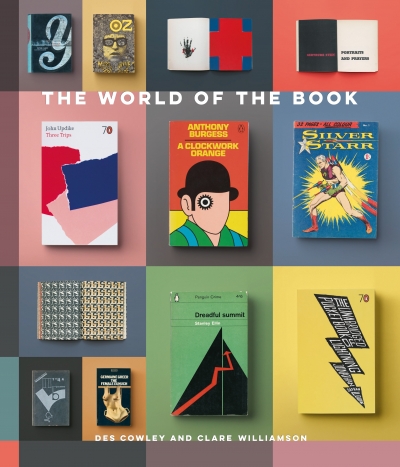Des Cowley
... (read more)
There was a genuinely celebratory air to this year’s Wangaratta Jazz and Blues Festival, and why not, given that the Festival was marking its twenty-fifth birthday. When the city first hit upon jazz as the basis for a festival back in 1989 – a somewhat arbitrary decision, based on the fact that most other musical forms had already been snapped up – few could h ...
Australian Poetry Journal: Vol. 3, No. 2 edited by Bronwyn Lea
by Des Cowley •
The World of the Book by Des Cowley and Clare Williamson
by Ian Morrison •







